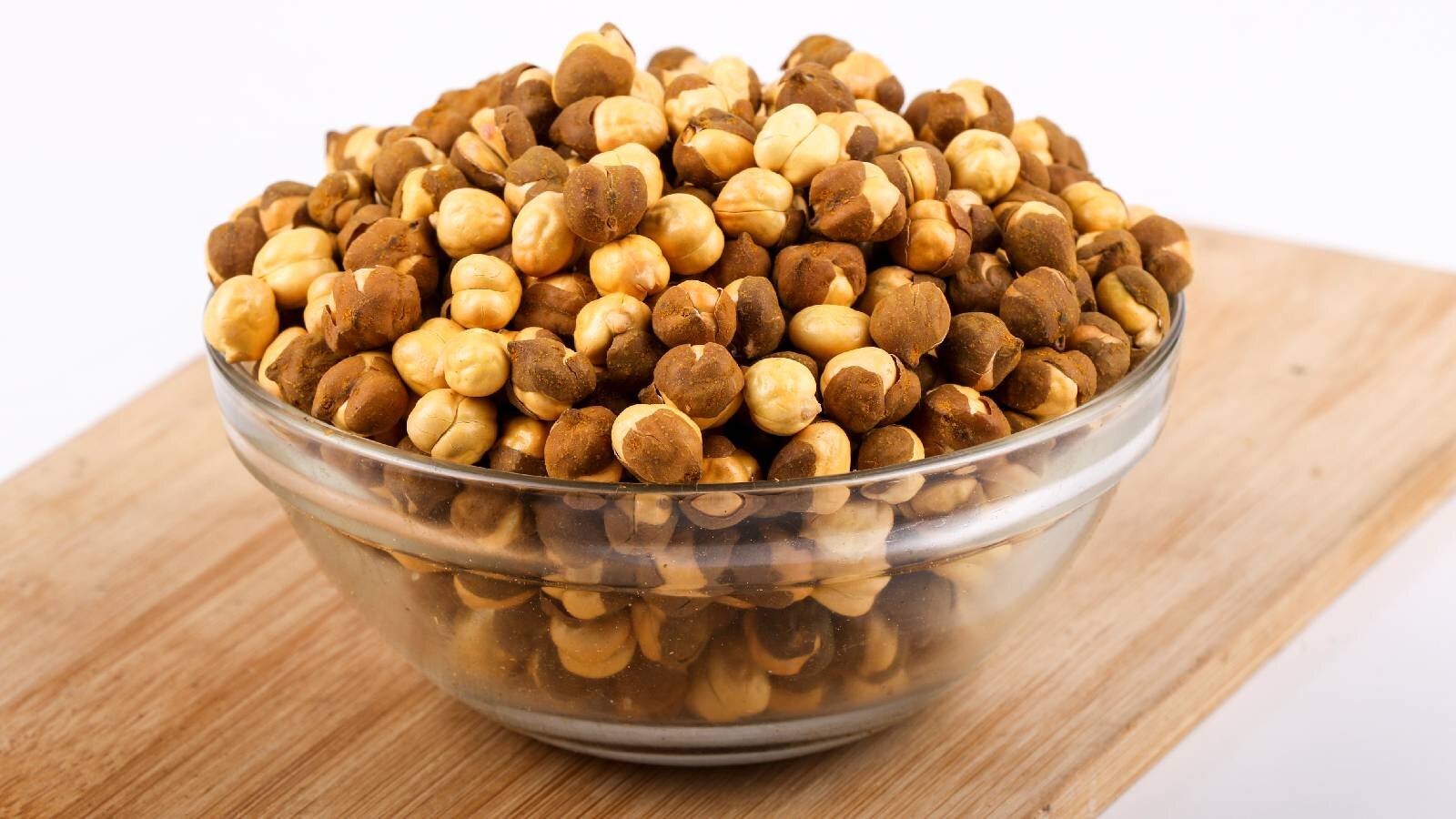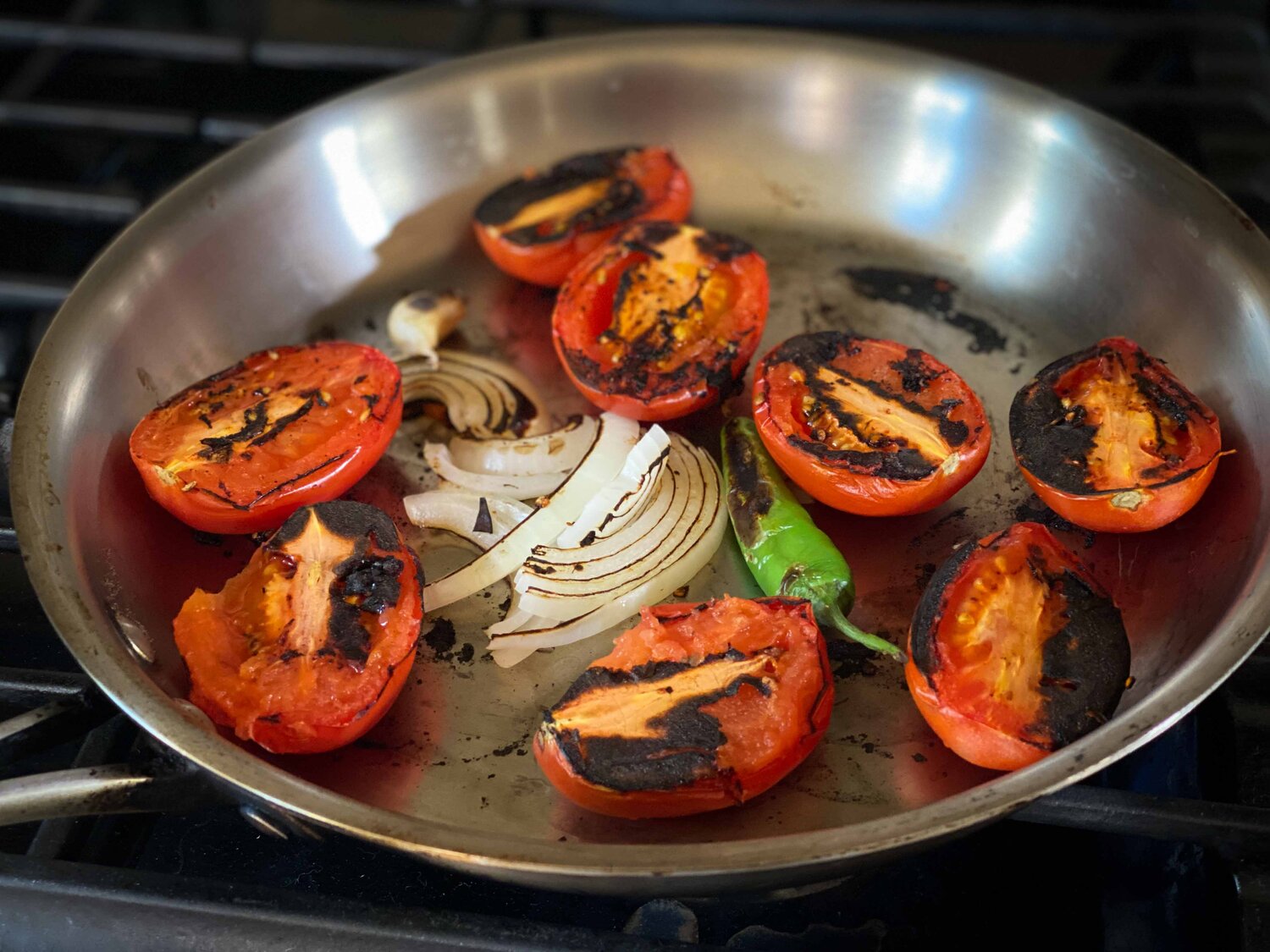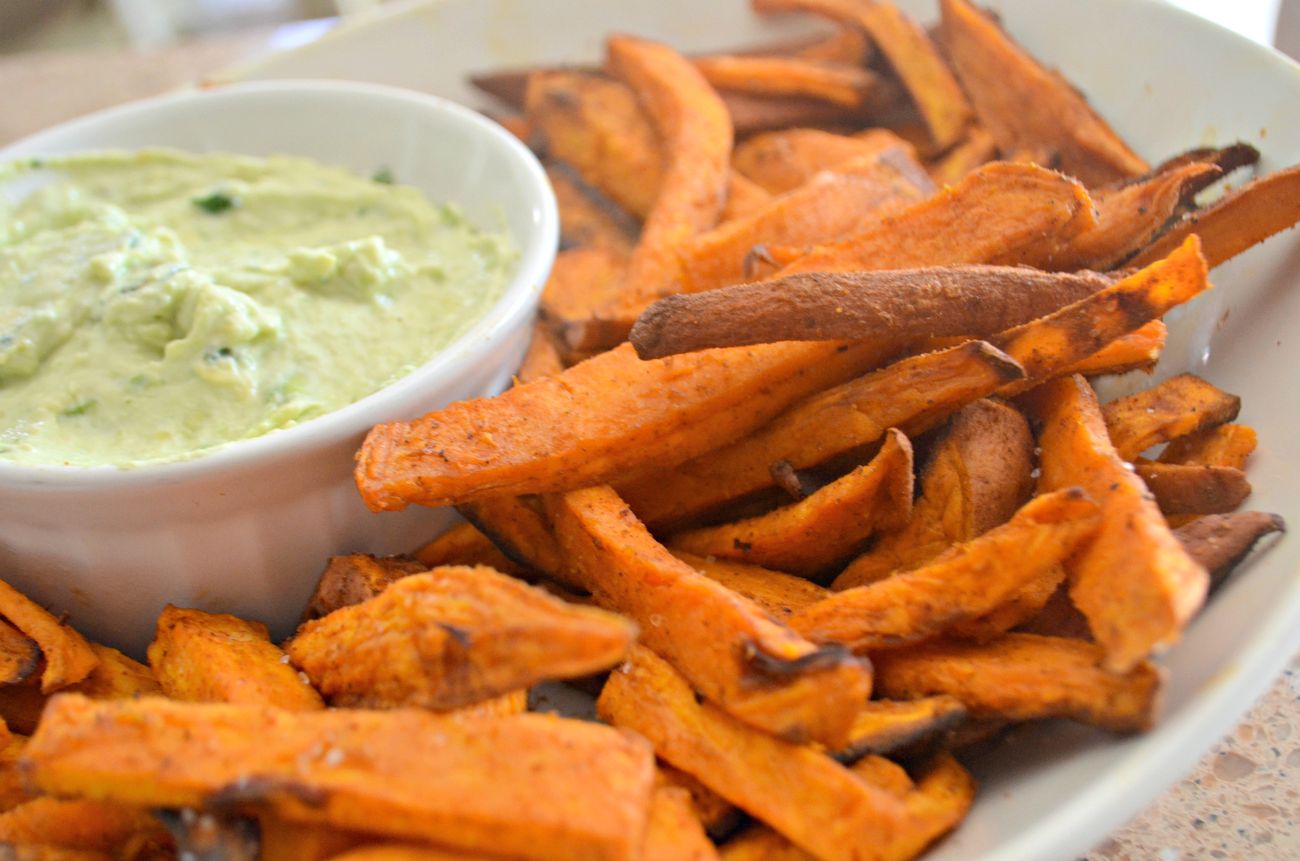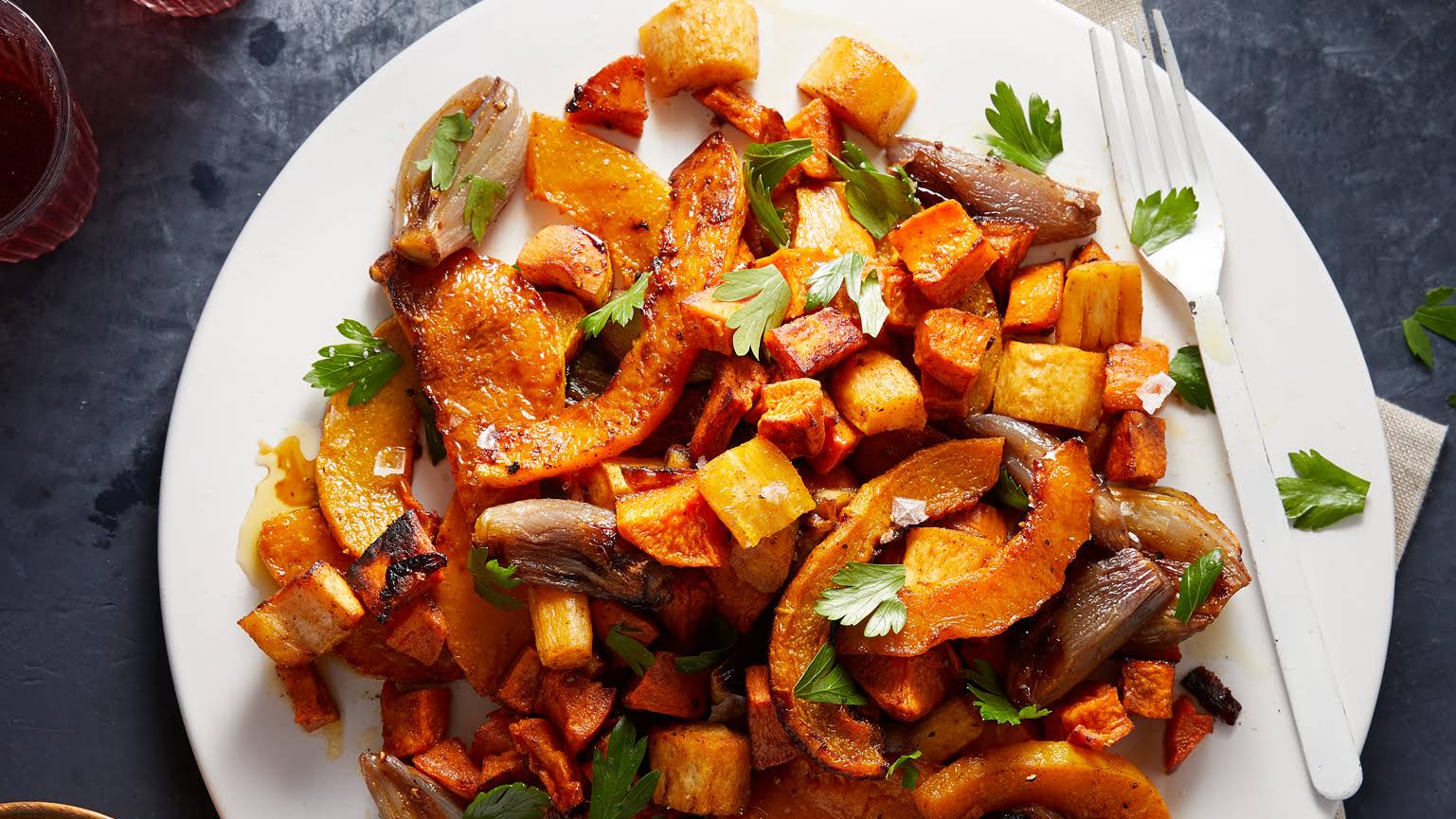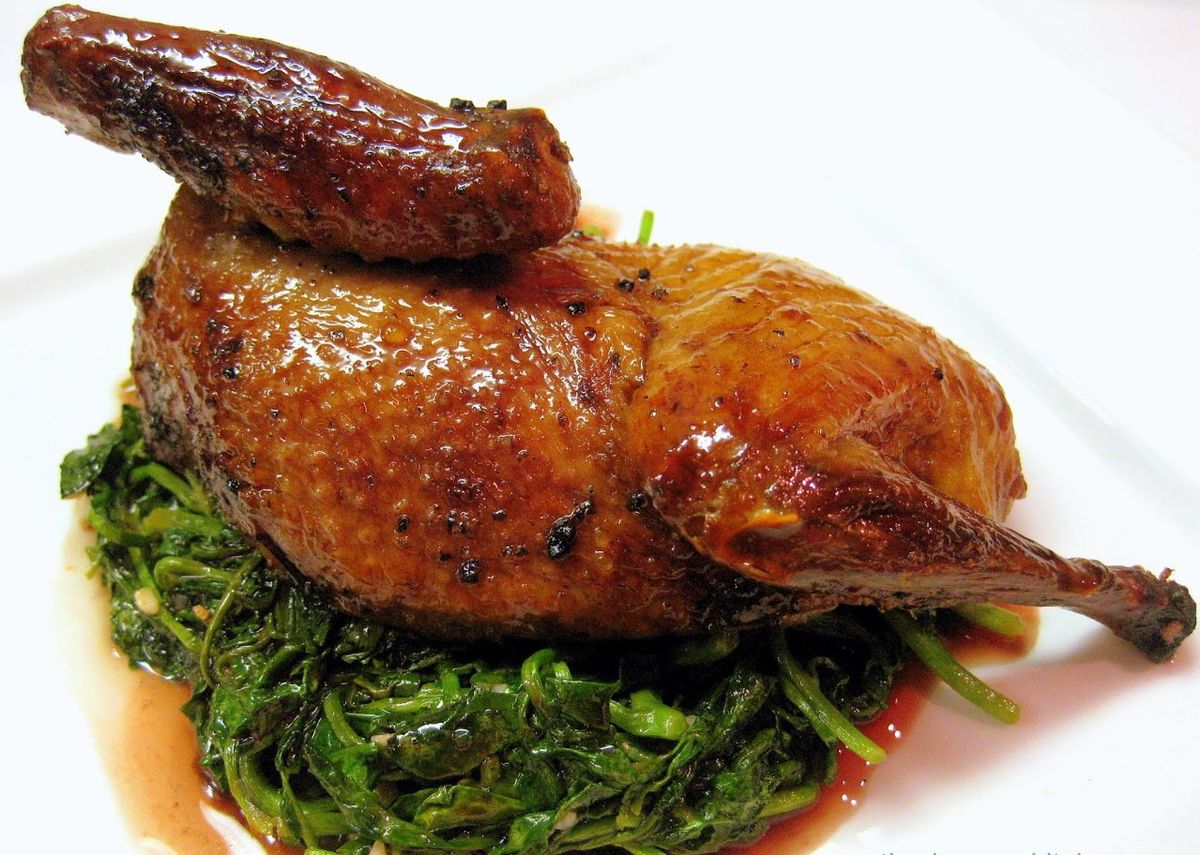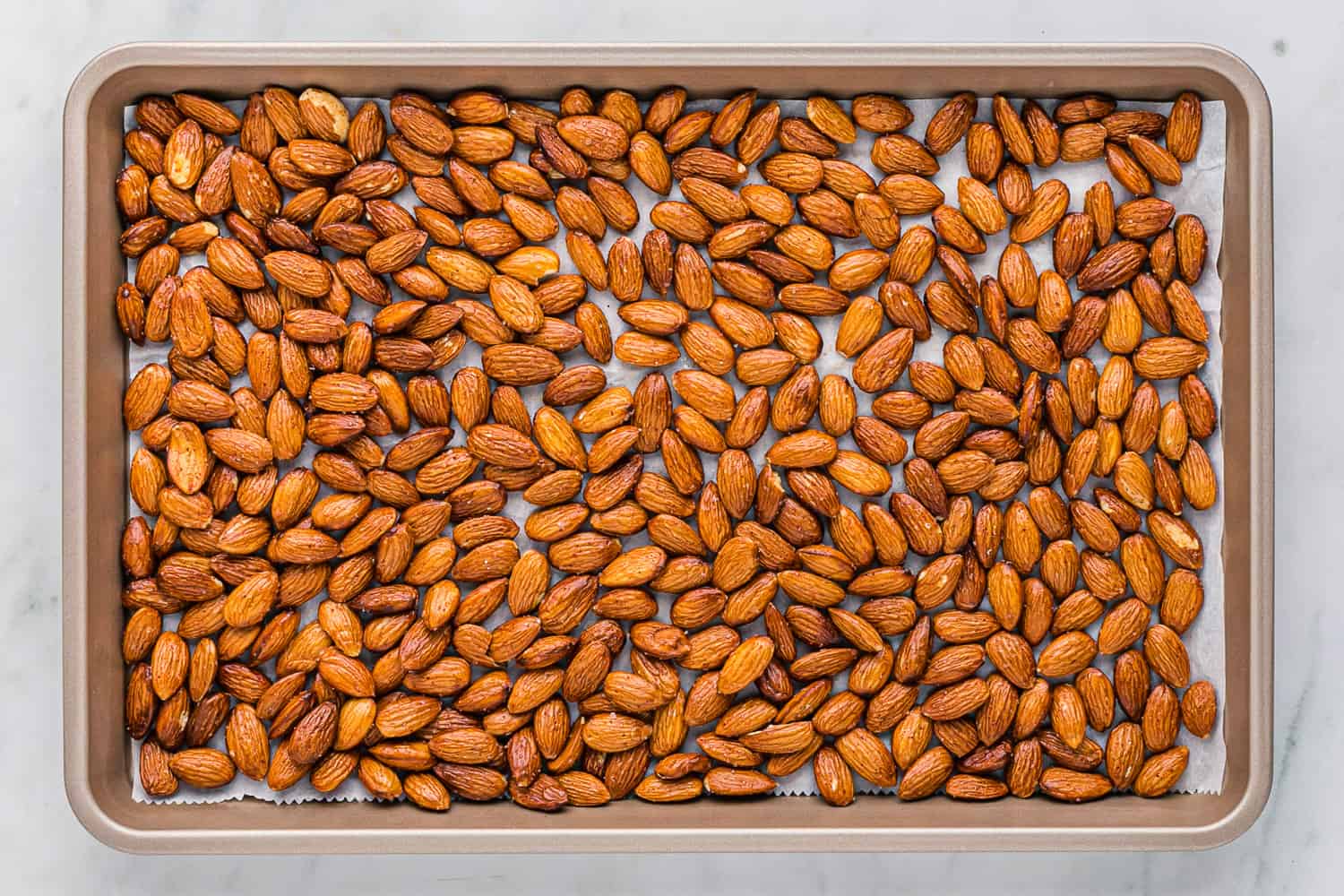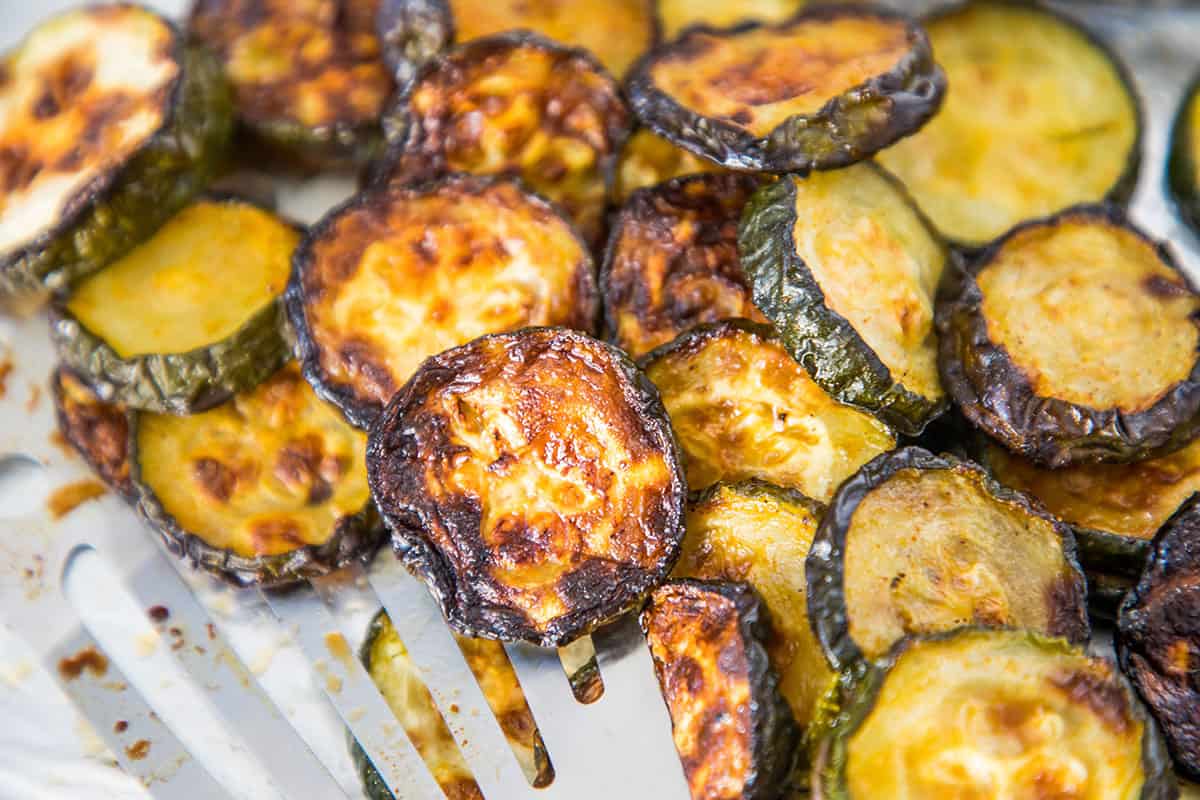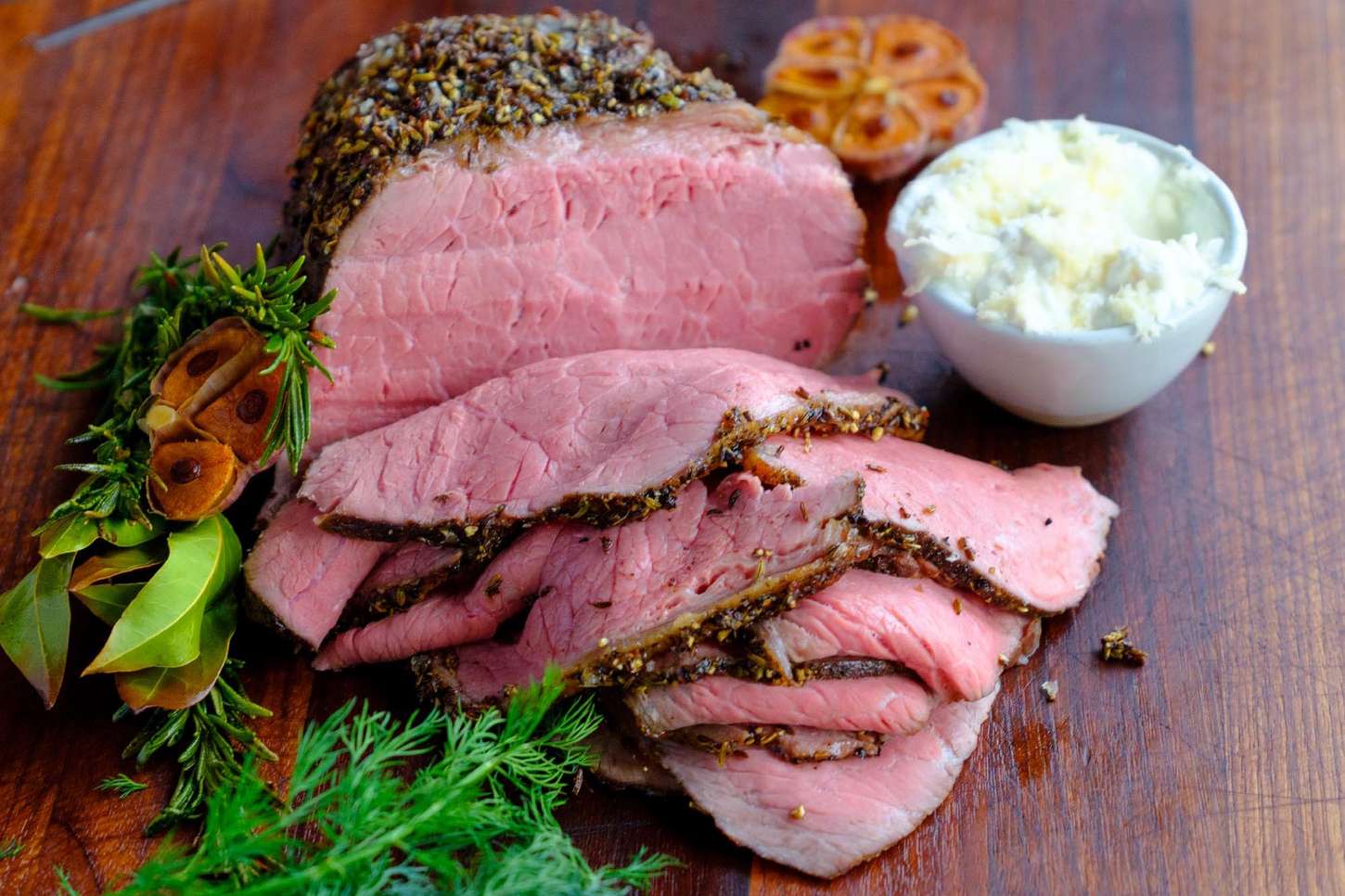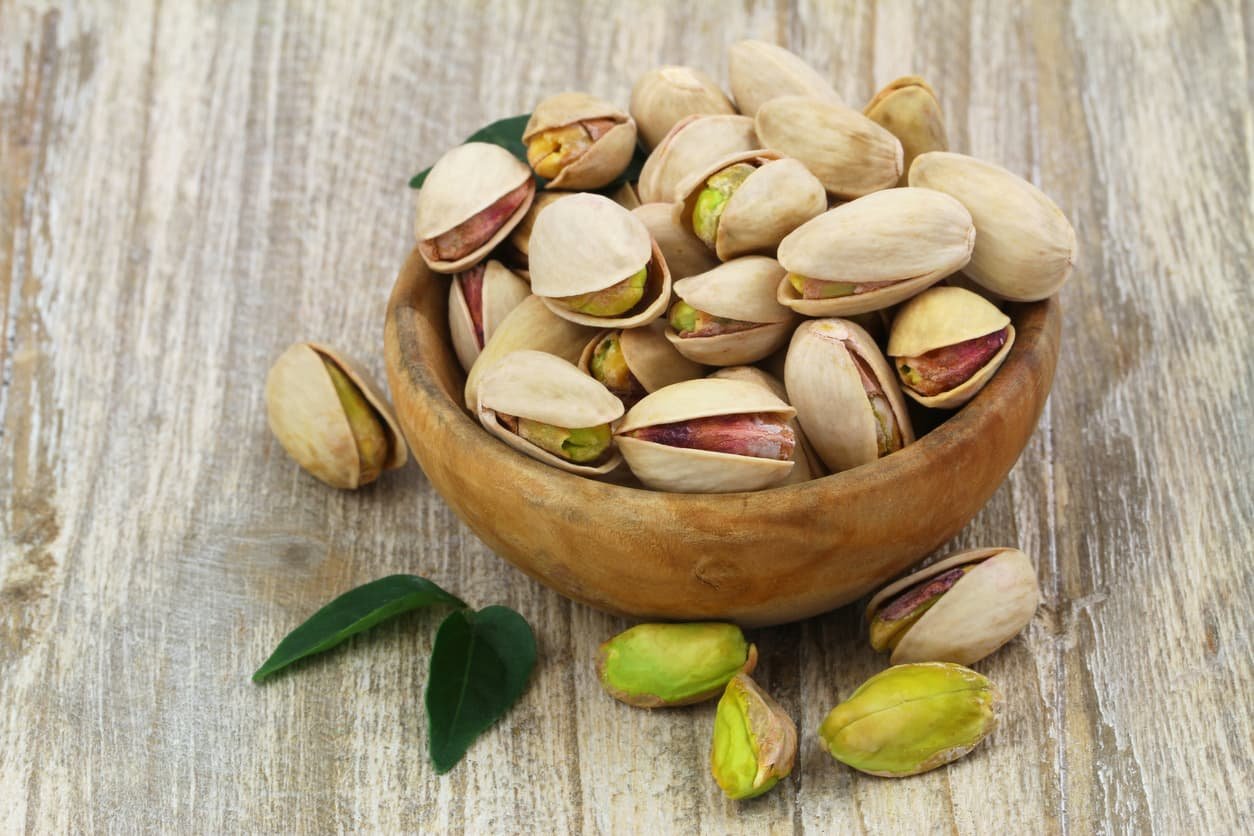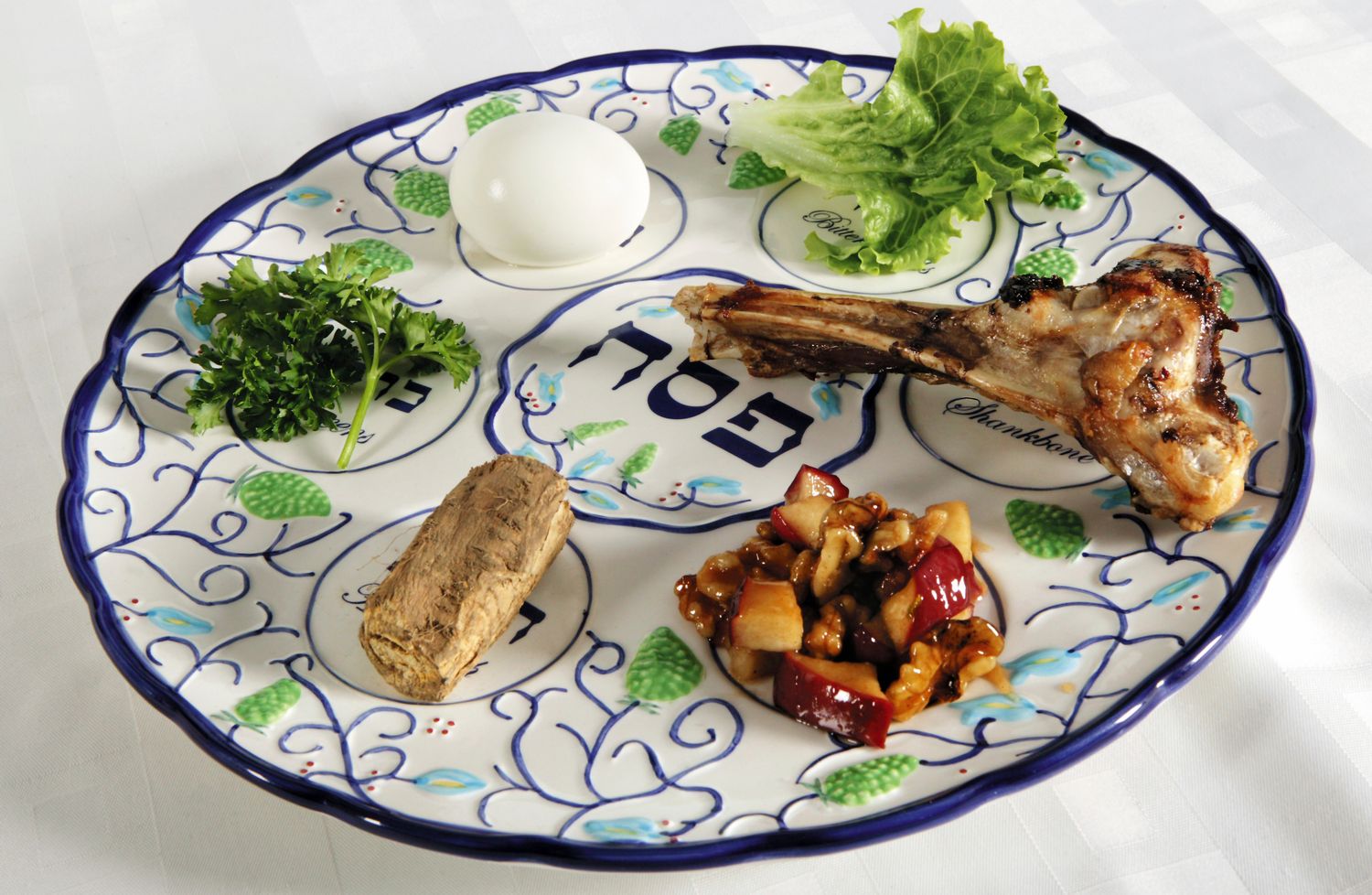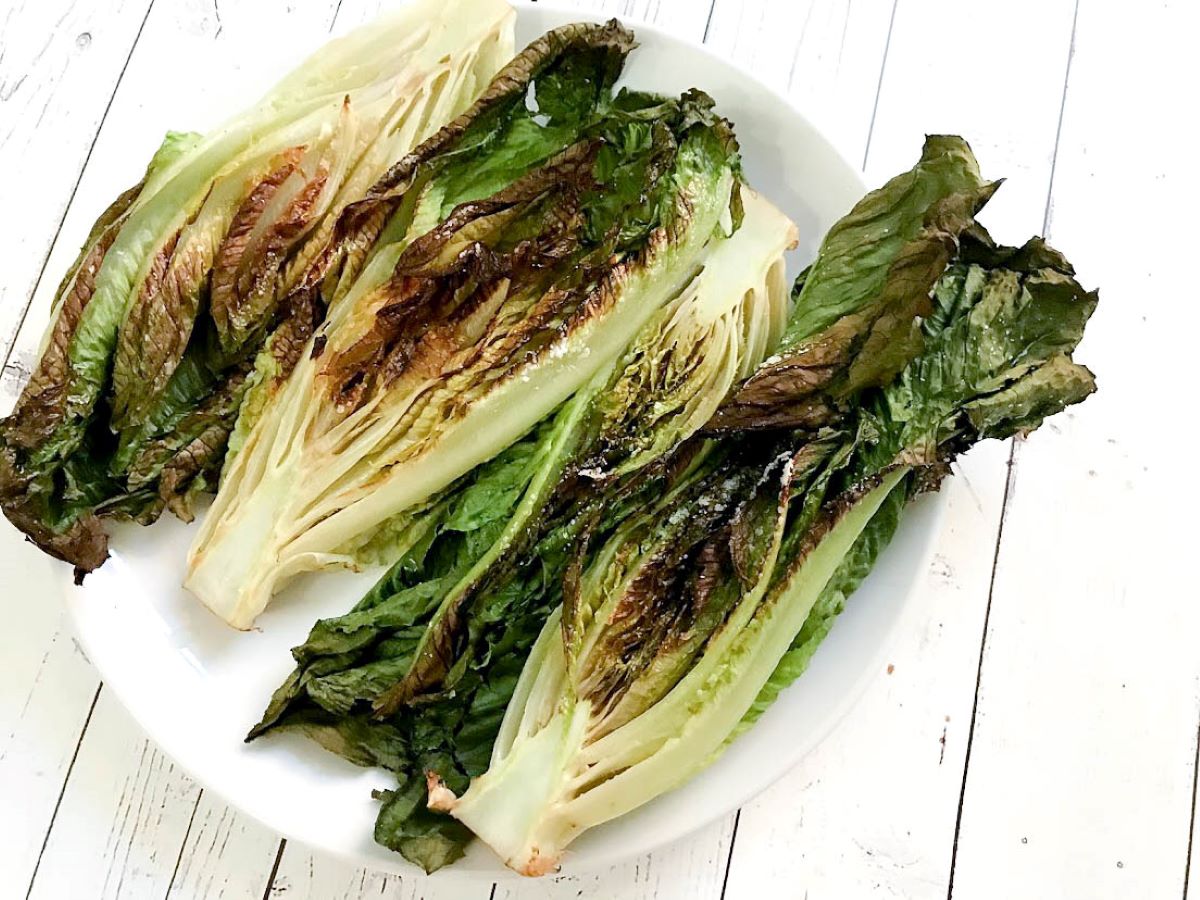Roasting Tea Leaves: A Delicious DIY Guide
Tea lovers, rejoice! If you’re looking to elevate your tea experience, roasting your own tea leaves at home can be a game-changer. Not only does it allow you to customize the flavor profile of your tea, but it also adds a fun and rewarding element to the tea-making process. In this guide, we’ll walk you through the steps to roast tea leaves at home, so you can enjoy a cup of freshly roasted tea whenever the craving strikes.
Choose Your Tea Leaves
Before you begin the roasting process, it’s important to select the right type of tea leaves. Loose-leaf teas such as oolong, green, or black tea work best for roasting. Look for high-quality, whole leaves that are free from any added flavors or aromas.
Preheat Your Oven
Preheat your oven to a low temperature, around 250°F (120°C). This gentle heat will allow the tea leaves to roast slowly and evenly, bringing out their natural flavors without burning them.
Prepare the Tea Leaves
Spread the tea leaves out in a single layer on a baking sheet. This will ensure that they roast evenly and develop a consistent flavor. Avoid overcrowding the baking sheet, as this can lead to uneven roasting.
Roasting Process
Place the baking sheet of tea leaves in the preheated oven and let them roast for about 20-30 minutes. Keep an eye on them to prevent over-roasting. You’ll know the tea leaves are ready when they emit a fragrant aroma and take on a slightly darker hue.
Cool and Store
Once the tea leaves are roasted to perfection, remove them from the oven and let them cool completely. After they have cooled, transfer the roasted tea leaves to an airtight container to preserve their flavor and aroma.
Enjoy Your Roasted Tea
Now that you’ve roasted your own tea leaves, it’s time to brew a cup and savor the fruits of your labor. Whether you prefer a delicate oolong or a robust black tea, the roasting process will impart a unique depth of flavor to your favorite brew.
Roasting tea leaves at home is a simple yet rewarding practice that allows you to take your tea experience to the next level. Experiment with different types of tea leaves and roasting times to discover your perfect cup of roasted tea. With a bit of patience and creativity, you’ll be well on your way to becoming a master tea roaster in your own kitchen.
So, the next time you reach for your favorite tea, consider taking the extra step to roast your own tea leaves. You’ll be amazed at the difference it makes in the flavor and overall enjoyment of your tea-drinking experience.
Was this page helpful?
Read Next: How To Roast Tomato On Stove
